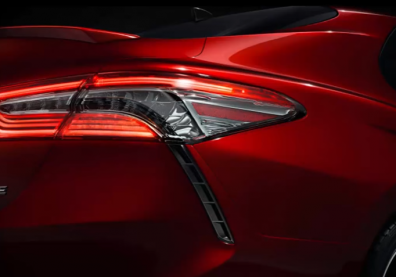"Toyota Motor Corporation" is taking yet another stab at convincing drivers that its vehicles can have a bit of sex appeal, but it concedes not all will be won over by its efforts to change the way its conservative people-movers are perceived. Despite its attempt to make an edgy car, Toyota's traditional conservatism can be found in its modest sales ambitions for the vehicle.
"The vehicle's exaggerated curves and sharp angles are meant to evoke a sexy diamond. If you love it, you really love it. If you don't like it, you never will," as stated by Hiroyuki Koba, the Toyota engineer in charge of developing the vehicle.
Its new "C-HR Crossover" sport-utility vehicle, which goes on sale in Japan Wednesday and in the U.S. next spring, is another attempt at a radical style departure for the world's largest auto maker. "Crossover SUVs" are hot sellers across the world, especially in the U.S. where cheap gas is drawing buyers to bigger vehicles. Toyota now sells nearly the same number of "RAV4 crossovers" as "Camrys" in the U.S. The difference is that RAV4 sales are up 11% year-over-year, while Camry sales are down 9.4% amid a broader slump in the sedan market.
"We are looking for customers who dislike Toyota cars. We want to turn their heads," as added by Hiroyoki Koba.
The "Toyota Company's" modest ambitions might also reflect lessons learned from customer reactions to its redesign of the Prius gas-electric hybrid. Toyota also said the new look would attract younger buyers. The new Prius arrived in the U.S. in January but sales are down 19% for the year.
"Toyota" hopes to sell 170,000 C-HRs globally, a year, a modest goal given the popularity of crossovers and Toyota's presence in the global auto market. Toyota sold 430,000 Camrys in the U.S. alone last year.










